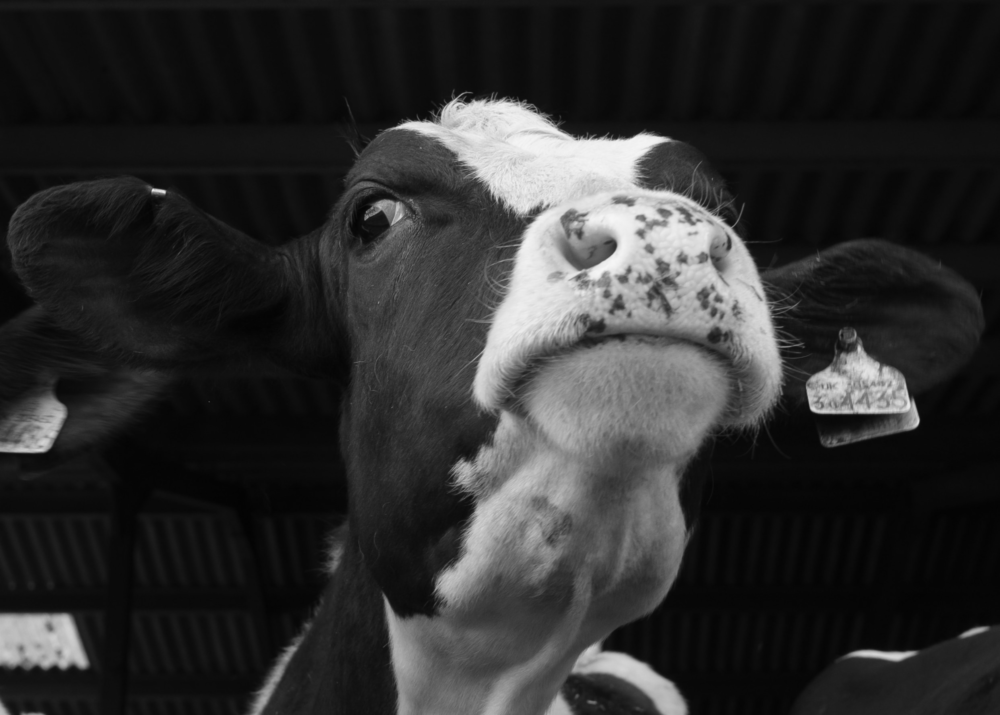
Data analysis shows that animal agriculture is systematically underreported as a cause of climate change, includes solutions for more accurate coverage
Photo by Robin Battison on Unsplash
San Francisco, CA – May 31, 2023 – The effects of animal agriculture on the environment and climate are vast: It is a leading cause of deforestation and is responsible for between 11.1 and 19.6% of global emissions. It’s more important than ever to report on the connection between meat consumption and the climate crisis. Yet the public isn’t getting the message – 40 percent of respondents to a recent Newsweek poll said they believe eating less meat would not reduce climate emissions.
Just how often does climate media mention animal agriculture?
Sentient Media and Faunalytics set out to answer that question and found it to be a shocking small number – just 7%.
In a data analysis of climate media coverage published today, the two organizations reviewed the 100 most recent climate articles (as of September 2022) published by 10 national outlets, including the New York Times and Wall Street Journal. Out of 1,000 articles, just 7% mention animal agriculture and, within that coverage, much of the reporting covers climate impacts on livestock rather than how meat production is a source of greenhouse gas emissions.
This makes animal agriculture one of the least-discussed causes of climate change in the media. In contrast, mining, manufacturing and energy production were mentioned in 68% of articles, with fossil fuels at 53%.
Read the full report here: Animal Agriculture Is The Missing Piece In Climate Change Media Coverage
The report also includes a qualitative review, highlighting missed opportunities to show readers the connection between what we eat and climate pollution. For example, the report points to stories that reported on how drought conditions during the summer of 2022 endangered livestock populations, forcing farmers to sell animals for slaughter when temperatures made it impossible to keep them cool and hydrated. These stories missed an opportunity to inform readers of how their dietary choices contribute to those climate emissions. Beef consumption, for example, is a leading driver of food sector emissions.
“The cattle industry alone accounts for over 60% of animal agriculture emissions, yet only 30% of the articles that brought up animal agriculture mentioned the cattle industry. Our research shows that there is a major disparity between the amount of emissions caused by animal agriculture and how much media coverage this industry gets when climate change is the topic of discussion. We see that this is also the case with animal agriculture subsectors like the cattle industry, which receives half the coverage it should,”said Coni Arévalo, research associate at Faunalytics.
The study also highlights examples of stories that cover food systems emissions more accurately. For instance, the Los Angeles Times mentioned animal agriculture in 14% of articles, higher than all other analyzed news outlets. Additionally, the Los Angeles Times, Reuters, and CNN are highlighted in the report as media that took opportunities to discuss the impact of diet on climate change in their articles that did bring up animal agriculture.
“The media holds incredible influence over how we live our lives and the choices we make. We’re missing a huge piece of the story by continuing to ignore the role of industrial animal agriculture. With the release of this report, we hope to build a network of journalists and publications who want to fill this gap in coverage, and arm readers with the facts,” said Ana Bradley, executive director of Sentient Media.
In order to boost and improve media coverage of this important cause of climate emissions, Sentient Media will be publishing a reporting toolkit and launching a new Food and Farming Media Network hub for journalists to collaborate and share resources.
The report acknowledges that climate journalists already face an uphill challenge in their work — it’s tough enough to get resources for any climate coverage in newsrooms let alone the intersection of climate and food. To help address the challenges together, Sentient Media is hosting a virtual event entitled Making the Climate Connection on June 1 in connection with the launch of the report.
About Sentient Media
Sentient Media is an independent, nonprofit media organization dedicated to increasing the amount of accurate coverage around the consequences of and solutions to industrial agriculture. Farmed animals are severely neglected in mainstream media in proportion to the numbers suffering and the size of the negative impact of animal agriculture on the environment. The organization exists to readdress this media bias and report on the issues that matter to all sentient beings.
About Faunalytics
Faunalytics is a 501(c)(3) nonprofit organization that empowers animal advocates with access to research, analysis, strategies, and messages that improve their effectiveness to reduce animal suffering. For more than 20 years, Faunalytics has conducted and disseminated original research that delves into essential animal advocacy issues. Faunalytics also houses the world’s largest collection of opinion and behavior research on animals and offers pro-bono support to other animal advocacy organizations looking to increase their impact. Faunalytics has been named a Top Charity by Animal Charity Evaluators.

